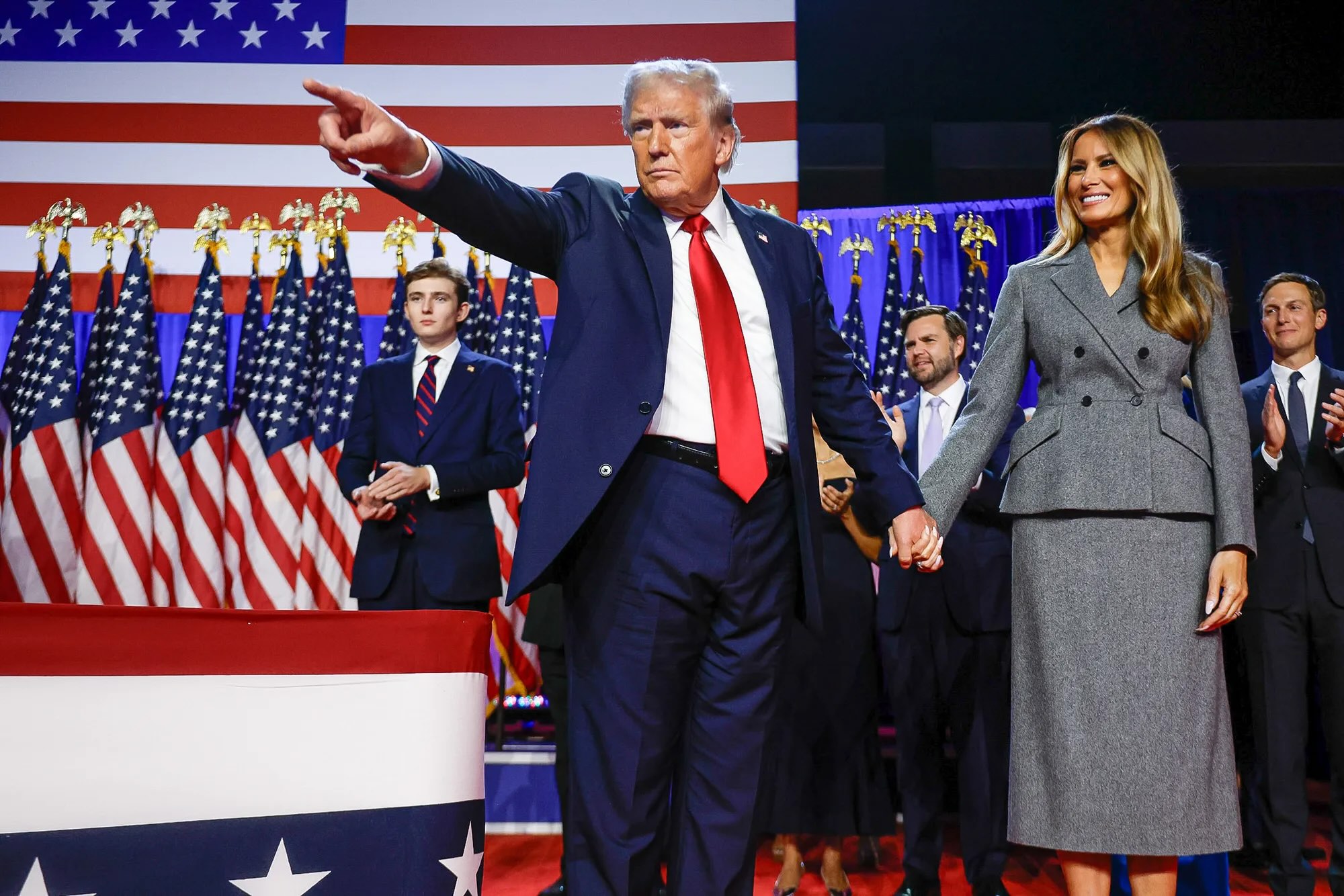If Trump's Claim Is Correct, $50 Million Can Buy 1 Billion Condoms for Hamas in Gaza!
Trump's Claim on $50 Million Condoms for Hamas Lacks Evidence

Allegations and White House Response
In January 2025, U.S. President Donald Trump and White House Press Secretary Karoline Leavitt announced that the administration had halted a purported $50 million allocation intended for purchasing condoms for Hamas in Gaza. Leavitt labeled the supposed expenditure as a "preposterous waste of taxpayer money." However, subsequent investigations and official records failed to substantiate these claims.
The Reality: USAID’s Actual Allocations
The International Medical Corps (IMC), a recipient of U.S. Agency for International Development (USAID) funds, clarified that while they received $68 million from USAID since October 2023 for operations in Gaza, none of this funding was allocated for the procurement or distribution of condoms or family-planning services. Instead, the funds supported critical medical aid, including:
- Two large field hospitals providing emergency care.
- Surgical facilities treating wounded civilians.
- Maternal health services.
Further, USAID’s fiscal year 2023 reports confirm that the only contraceptive shipments to the Middle East were directed to Jordan, valued at $45,680. No records exist of any such shipments to Gaza.
Hypothetical Analysis: What If $50 Million Were Used for Condoms?
Although the claim was debunked, it is insightful to analyze the hypothetical implications of using $50 million to purchase condoms from India and distribute them in Gaza.
Cost Analysis: The Competitive Indian Market
India is one of the world's largest producers of condoms, with a highly competitive market. According to Statista, a pack of 10 Durex condoms is priced at approximately ₹269 (around $3.58). This equates to $0.36 per condom at retail price.
However, in large-scale procurement, bulk rates drastically reduce costs. Reuters estimates that government and international agencies can procure condoms for $0.05 per unit. At this rate, $50 million could purchase 1 billion condoms.
Logistics and Distribution Challenges
Transporting 1 billion condoms presents significant logistical challenges. Assuming each condom, when packaged, occupies 0.03 cubic inches, the total volume required would be 30 million cubic inches (approximately 17,361 cubic feet). This would necessitate multiple shipping containers and an extensive supply chain.
If distributed equally across Gaza’s estimated 2 million residents, each individual would receive 500 condoms—a quantity that far exceeds typical usage rates and raises concerns about storage, distribution infrastructure, and cultural acceptance.
Political and Media Scrutiny
During a signing ceremony for the Laken Riley Act, Trump reiterated his claim, stating that his administration had “identified and stopped $50 million being sent to Gaza to buy condoms for Hamas.”
However, the State Department contradicted this assertion, explaining that the halted funding involved broader medical aid and humanitarian assistance, not condom purchases. Despite claims that the funding included "family planning and contraception services," no evidence supports that condoms were meant for Hamas or any military-related use.
A Baseless Claim?
The claim that $50 million was allocated for condoms in Gaza appears to be unsupported by credible evidence. The actual USAID funding was directed toward emergency healthcare services. The hypothetical analysis shows that if such an amount were indeed used for condoms, logistical and distribution issues would render the claim even more implausible. This case underscores the importance of fact-checking and responsible discourse in policymaking and public communication.




![From Kathmandu to the World: How Excel Students Are Winning Big [Admission Open]](https://nepalaaja.com/img/70194/medium/excel-college-info-eng-nep-2342.jpg)
